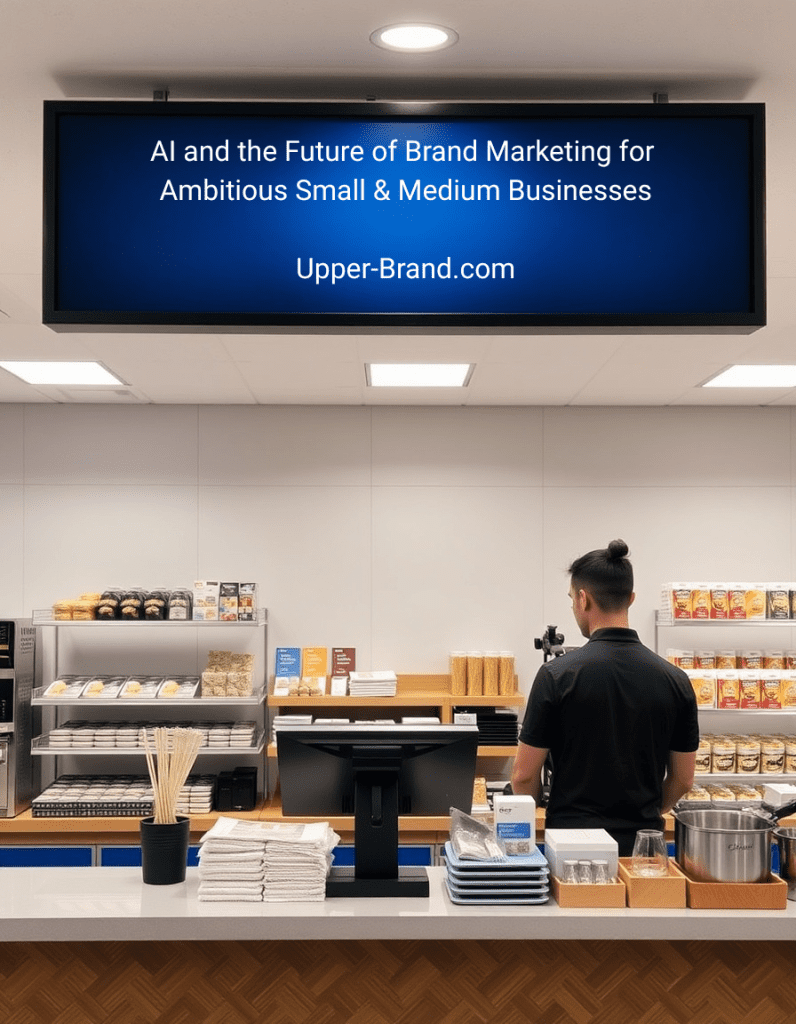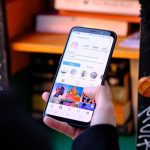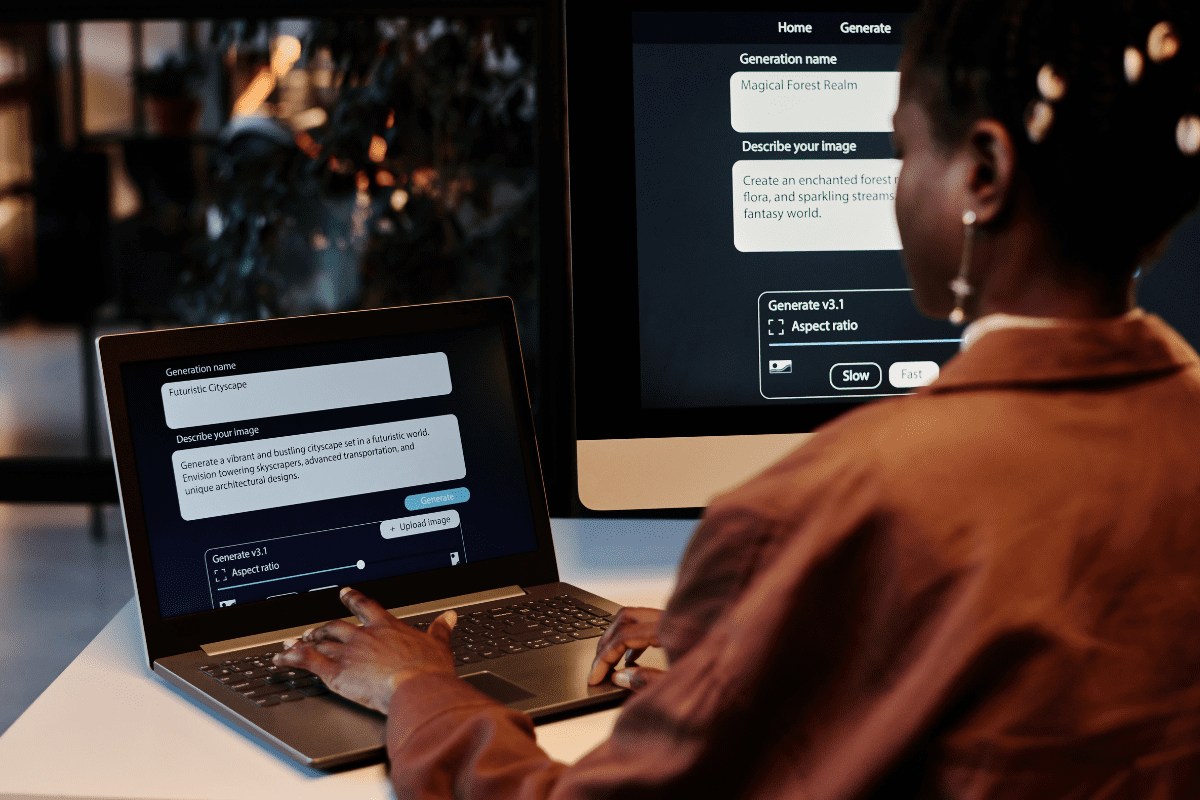Vibe Marketing as the Signature Move for 2025
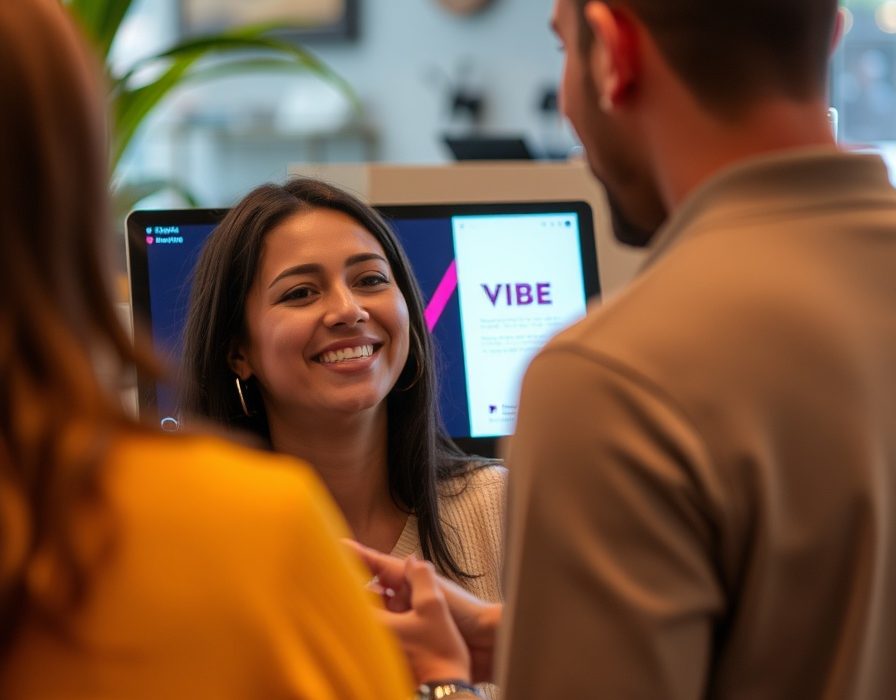
The Future of Branding Is Emotional
The marketing landscape of 2025 is not defined by louder ads, bigger budgets, or endless campaigns. It is defined by a new signature move: vibe marketing. This approach is not about selling products. It is about creating a living, breathing atmosphere around a brand. It transforms every touchpoint—social feeds, ads, websites, even emails—into moments where emotion, aesthetics, and intent intersect.
Vibe marketing positions branding as more than communication. It becomes cultural presence. In a world where consumers expect authenticity and demand speed, this method of building resonance is quickly becoming the foundation of tomorrow’s most influential brands.
What Exactly Is Vibe Marketing?
Vibe marketing is the art of curating how your brand feels to the people who interact with it. Beyond features and functionality, it asks: What energy does this brand project?
It is about moving past the transactional into the experiential. Instead of polished campaigns built over quarters, brands are leaning into real-time adaptability, emotion-led storytelling, and design-driven content. By using AI-powered tools, short-form platforms, and cultural insights, businesses can present an aura that feels human, fast, and relevant.
This is why vibe marketing is called the “signature move” of 2025. It blends data, culture, and technology into one seamless experience that makes a brand memorable not because of what it sells, but because of what it represents.
Why 2025 Demands a New Approach
Several forces are converging to make vibe marketing more than a passing concept.
- Three-Second Impressions Define Attention
Audiences scroll fast. You have three seconds to make an impact. Brands that project a clear emotional tone instantly capture attention and build connection. - Culture Is Fluid and Fast
From memes to audio clips to visual aesthetics, cultural touchpoints shift by the day. Brands that ride these currents stand out. Those that miss them risk irrelevance. - AI Transforms Agility
Content creation tools once reserved for agencies are now widely available. AI-driven design, copywriting, and video editing empower small teams to produce dynamic, responsive content without delay. - Authenticity Wins Loyalty
Consumers trust transparency over perfection. Brands that show progress, admit mistakes, and invite audiences into the process consistently outperform those that rely on polished detachment.
The Core of Vibe Marketing
To understand the strategic power of vibe marketing, it helps to see its core elements as pillars of a visionary framework.
1. Emotion as Strategy
Every interaction should be designed to make people feel something. That emotion becomes a memory, and that memory becomes loyalty. In 2025, aesthetics and emotion are not “soft” elements. They are the competitive foundation of brand growth.
2. Culture as a Living Language
Vibe marketing speaks in the dialect of the moment. That could mean a trending sound on TikTok, a meme reshaped into a brand story, or a design style that reflects current fashion. Culture is the medium, and brands fluent in it lead the conversation.
3. Speed as Advantage
The winners of 2025 will not be the most polished, but the most adaptive. AI accelerates content generation, testing, and optimization. Brands that operate at the pace of culture will always stay ahead of those chained to quarterly calendars.
4. Feedback as Fuel
Comments, DMs, reactions, and silence are all signals. Vibe marketing is about listening and adapting in real time. The loop between brand and audience shortens. Responsiveness becomes strategy, not afterthought.
5. Transparency as Refinement
Being open about process, progress, and even flaws builds credibility. It turns audiences into collaborators and advocates. Transparency is not just honesty—it is elegance in action.
How Small Businesses Can Master the Signature Move
The beauty of vibe marketing is that it is not limited to global brands. In fact, small businesses are uniquely positioned to benefit. They can move faster, take risks, and create authentic content without being slowed down by bureaucracy.
A practical path to implementation might look like this:
- Audit and Define the Brand’s Feel: Decide what emotional response you want to create.
- Adopt AI for Efficiency: Use it to streamline routine tasks like copywriting and scheduling.
- Experiment with Short-Form Content: Capture real energy with 15 to 30 second clips.
- Integrate Feedback in Real Time: Let comments and customer interactions guide your vibe.
- Communicate with Openness: Share updates and moments behind the scenes to reinforce authenticity.
Evidence from the Market
The numbers speak clearly.
- Short-form content with emotional cues regularly doubles engagement compared to scripted ads.
- A Canadian retailer that shifted from polished campaigns to authentic TikTok posts tripled its reach within one quarter.
- Brands implementing transparency initiatives reported customer retention increases of 10 to 15 percent.
- Businesses leveraging AI-driven design workflows cut costs by more than half while expanding creative output.
These are not isolated wins. They are early signals of how marketing is being reshaped for 2025.
The Vision Ahead
Vibe marketing is not an accessory to branding. It is branding. It redefines the relationship between business and consumer, moving from one-way messaging to an emotional exchange.
For forward-thinking businesses, 2025 is the year to embrace this transformation. The future of branding lies not in louder campaigns or more polished visuals, but in creating atmospheres people want to belong to.
Vibe marketing is not hype. It is the signature move of a new marketing era where emotion, culture, and speed converge to create brands that are not just seen, but felt.

